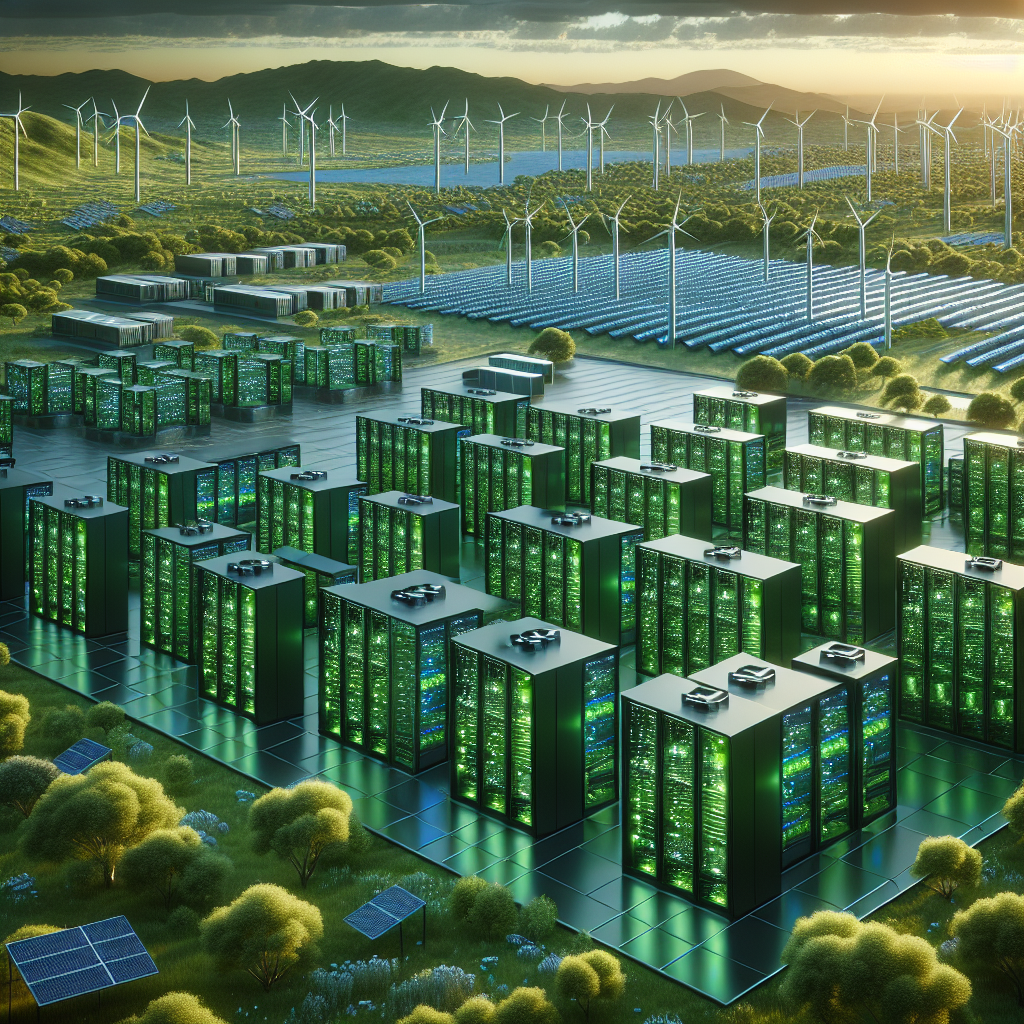Data centers play a crucial role in today’s digital world, powering the internet and storing vast amounts of data for businesses, governments, and individuals. However, the environmental impact of data centers is a growing concern, as they consume massive amounts of energy and resources. In recent years, there has been a push towards more sustainable practices in data center operations to minimize their environmental footprint.
One of the key factors driving the move towards sustainability in data centers is the increasing awareness of climate change and the need to reduce carbon emissions. Data centers are known for their high energy consumption, with servers running 24/7 to handle the massive amounts of data being processed. This energy consumption not only contributes to carbon emissions but also leads to high electricity bills for data center operators.
To address these issues, many data centers are implementing sustainable practices to reduce their energy consumption and carbon footprint. One common strategy is to use energy-efficient hardware and cooling systems. Energy-efficient servers and storage devices can reduce power usage, while advanced cooling systems can optimize airflow and temperature control to minimize energy consumption.
Another important aspect of sustainable data center operations is the use of renewable energy sources. Many data centers are now powered by renewable energy such as solar, wind, or hydroelectric power. By sourcing energy from renewable sources, data centers can reduce their reliance on fossil fuels and lower their carbon emissions.
In addition to energy efficiency and renewable energy, data centers are also focusing on reducing water usage and waste generation. Water is often used for cooling systems in data centers, so implementing water-saving technologies can help reduce water consumption. Data centers are also implementing recycling programs to reduce waste and minimize their environmental impact.
Furthermore, data centers are also looking at ways to improve their overall efficiency and reduce their environmental footprint. This includes implementing virtualization and consolidation of servers to optimize resource usage, as well as using energy management software to monitor and control energy consumption.
Overall, sustainable practices in data centers are essential for reducing their environmental impact and mitigating the effects of climate change. By implementing energy-efficient hardware, renewable energy sources, and water-saving technologies, data centers can significantly reduce their carbon footprint and operate more sustainably. As the demand for data continues to grow, it is crucial for data centers to prioritize sustainability and take steps towards a greener future.


Leave a Reply